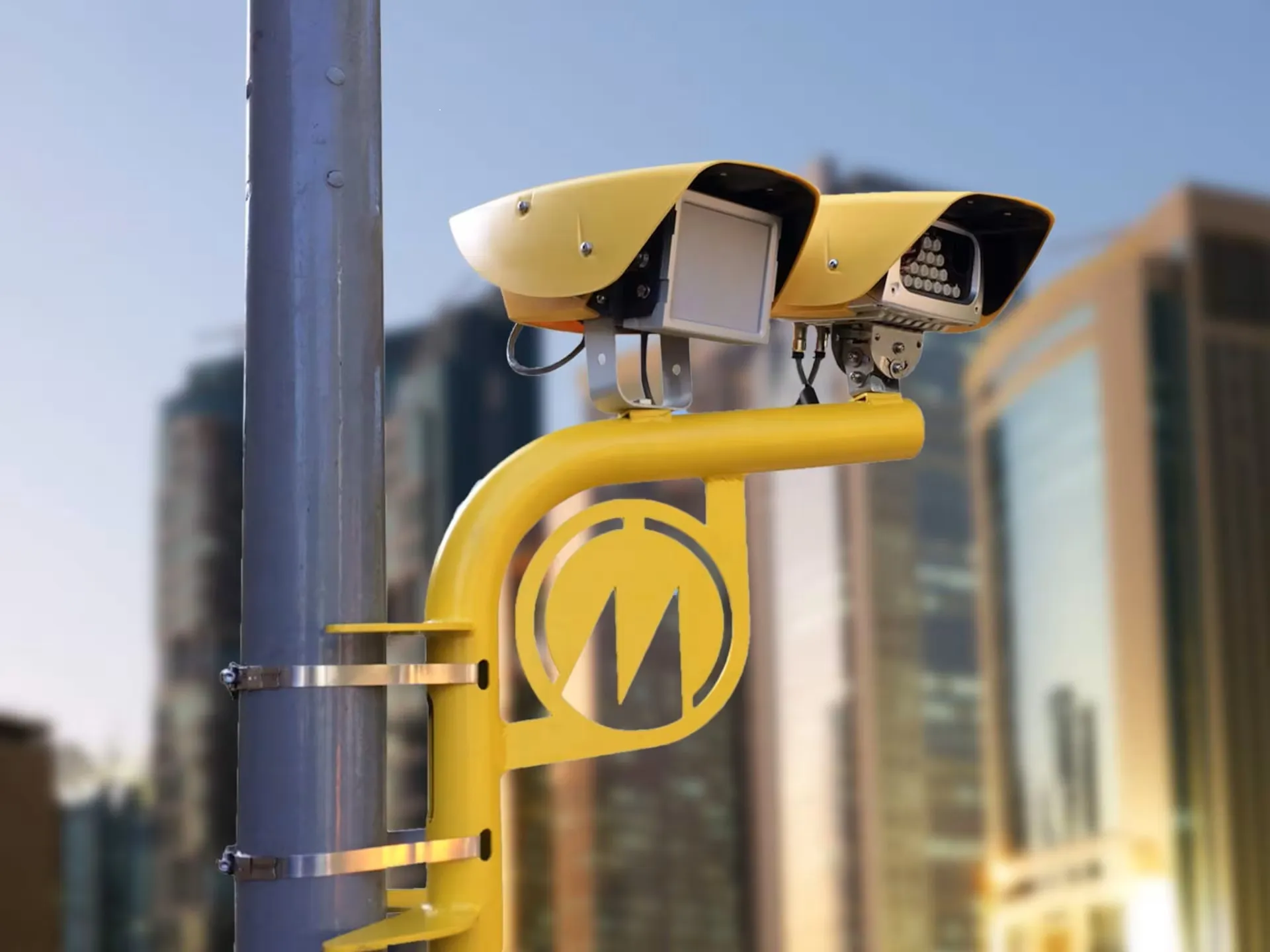Swarco has announced that its iTravel traffic data acquisition system has received approval from the Dutch National Data Warehouse Institute (NDW), created by 15 authorities, including the Dutch Highway Authority Rijkswaterstaat, to provide complete, reliable and up-to-the-minute information on the status of the Dutch road network - all motorways and major provincial and city roads - at all times.
April 25, 2012
Read time: 2 mins
This approval is a major step for the innovative, solar-powered iTravel system that combines
The project was won by the Data4Traffic consortium, comprised of Van den Berg Infrastructuren, Swarco AG, and VerkeersInformatieDienst, and alone will encompass over 1,000 measurement points throughout the Dutch road network.
According to Boris Ulrich, head of detection at Swarco, “the cooperation with ADEC has been extremely productive; their specifically for Swarco enhanced TDC1-PIR detectors constitute a major step forward in low-power, high-accuracy traffic detection technology.”










